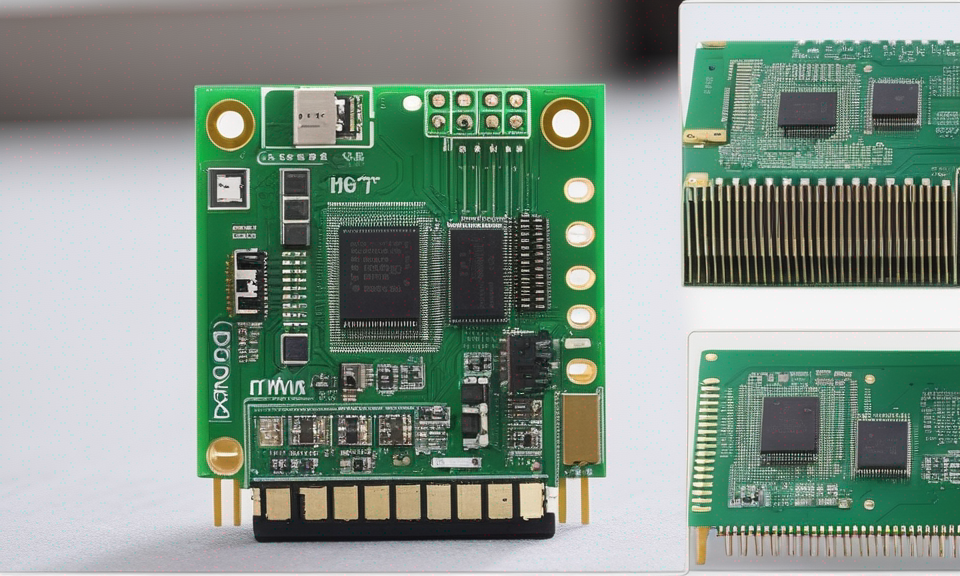Zigbee is a wireless communication technology specifically designed for low-power, low-data-rate applications. It is a popular choice for applications that require short-range wireless connectivity with low energy consumption, such as home automation, industrial control, and smart agriculture.
Zigbee operates on the IEEE 802.15.4 standard, which defines the physical and media access control (MAC) layers for low-rate wireless personal area networks (LR-WPANs). It uses the 2.4 GHz ISM (Industrial, Scientific, and Medical) band and provides a maximum data rate of 250 kbps.
One of the key features of Zigbee is its mesh networking capability. Zigbee devices can form a self-organizing network called a Zigbee mesh network. In this network, devices called “nodes” communicate with each other directly or through intermediate nodes, forming multiple paths for data transmission. This mesh topology improves the network’s reliability, coverage, and scalability.
Zigbee supports various network topologies, including star, tree, and mesh. In a star topology, all devices communicate directly with a central coordinator. In a tree topology, devices communicate through intermediate routers, forming a hierarchical structure. In a mesh topology, devices can communicate with each other directly or through neighboring devices, creating a flexible and robust network.
Zigbee is designed to be energy-efficient, allowing devices to operate on battery power for extended periods. It utilizes low-power sleep modes and employs mechanisms such as low duty cycle and short data packets to minimize energy consumption. This makes Zigbee suitable for applications that require long battery life, such as wireless sensor networks.
Zigbee also incorporates security features to ensure secure communication. It supports encryption, authentication, and access control mechanisms to protect data transmission and prevent unauthorized access.
Why ZigBee is better than Wi-Fi and Bluetooth?
Zigbee, Wi-Fi, and Bluetooth are all wireless communication technologies, but they have different characteristics and are designed for different use cases. Here are some reasons why Zigbee may be considered better than Wi-Fi and Bluetooth in certain scenarios:
- Low Power Consumption: Zigbee is specifically designed for low-power applications, making it ideal for devices that need to operate on battery power for extended periods. Zigbee devices can achieve long battery life by utilizing low-power sleep modes and efficient data transmission mechanisms. In comparison, Wi-Fi and Bluetooth consume more power, which may limit their suitability for battery-operated devices.
- Longer Range: Zigbee offers a longer range compared to Wi-Fi and Bluetooth. Zigbee devices can typically communicate over distances of up to 100 meters or more, depending on the environment. This longer range makes Zigbee well-suited for applications that require communication over larger areas or in environments with obstacles.
- Mesh Networking: Zigbee supports mesh networking, where devices can communicate with each other directly or through neighboring devices. This creates a self-organizing network with multiple paths for data transmission, improving reliability and coverage. In contrast, Wi-Fi and Bluetooth typically use point-to-point or star topologies, which may have limitations in terms of coverage and network resilience.
- Scalability: Zigbee’s mesh networking capability allows for easy scalability. New devices can be added to the Zigbee network without requiring significant changes to the network infrastructure. This makes Zigbee suitable for applications that may involve a large number of devices, such as smart homes or industrial automation. Wi-Fi and Bluetooth, while also scalable to some extent, may face limitations in terms of network capacity and management.
- Interference Immunity: Zigbee operates in the 2.4 GHz ISM band, which is a crowded frequency band shared by many other wireless devices, including Wi-Fi and Bluetooth. However, Zigbee uses a different channel access mechanism and has built-in interference avoidance mechanisms, which can help mitigate interference from other devices in the same frequency band. This can be advantageous in environments with high wireless interference.
It’s important to note that the choice of wireless technology depends on the specific requirements of the application. Wi-Fi and Bluetooth have their own strengths and are widely used for many applications, including high-speed data transfer and audio streaming. Zigbee, on the other hand, excels in low-power, low-data-rate applications with a focus on long battery life, range, and mesh networking capabilities.
What frequency is ZigBee wireless?
Zigbee operates on multiple frequency bands, depending on the region and regulatory requirements. The most commonly used frequency bands for Zigbee are:
- 2.4 GHz ISM Band: Zigbee uses the 2.4 GHz industrial, scientific, and medical (ISM) band, which is available globally and does not require a license for usage. This frequency band is shared with other wireless technologies like Wi-Fi and Bluetooth. It provides a maximum data rate of 250 kbps and is divided into multiple channels.
- 868 MHz Band: In Europe, Zigbee can also operate in the 868 MHz band. This frequency band provides better range and penetration through obstacles compared to the 2.4 GHz band. It is commonly used for applications such as smart metering and home automation in Europe.
- 915 MHz Band: In some regions, such as North America, Zigbee can operate in the 915 MHz band. Similar to the 868 MHz band, the 915 MHz band offers better range and penetration capabilities compared to the 2.4 GHz band.
The specific frequency band used by Zigbee devices depends on factors such as regional regulations, available spectrum, and the specific implementation of the Zigbee protocol by manufacturers. It’s important to note that the frequency band selection may vary depending on the country or region where the Zigbee devices are being deployed.
